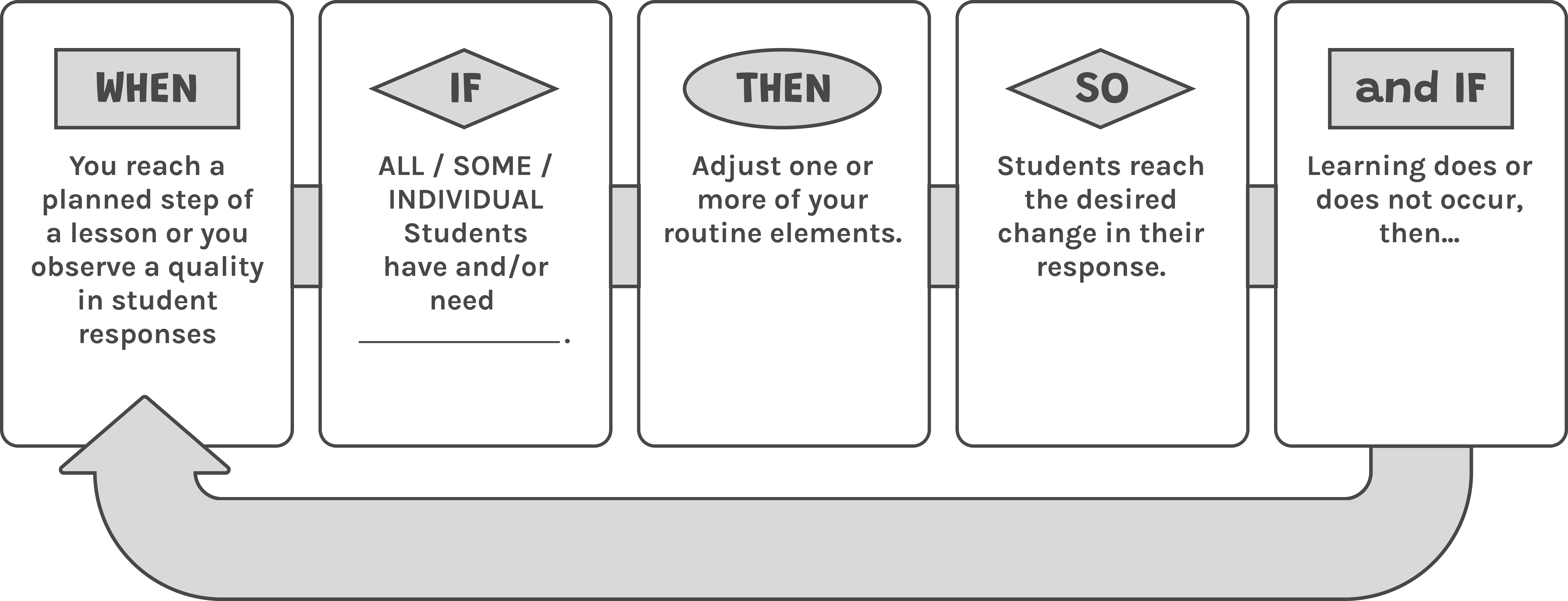Differentiated Instruction is the outcome of teachers’ continuous decision-making process. Where teachers search for academic diversity that will either strengthen or impede effective, meaningful, and efficient learning, and then adjust instruction to ensure clarity, access, rigor, and relevance (CARR) for all learners.
Our approach to differentiated instruction is rooted in motivation and cognitive sciences and culturally relevant pedagogies.

Stop creating easy, medium, and hard assignments or thinking of differentiated instruction as cooperative groups or graphic organizers. Instead start with student work or responses and identify a specific aspect of learning that you would like to change through teaching for all, some, or individual students. Then plan to adjust teaching by changing the task structure, the type of help and teaching approach, and/or the amount of student choice. Plan to adjust teaching for a specific amount of time and what you will do if the change in learning is or is not demonstrated in student work following the teaching.
Use the following sentence frame to plan differentiated instruction:


Learn more about Objectives and Learning Goals through the Well Developed Classroom blog and materials.
Learn more about Starting Positions through our Well Developed Classroom blog on Formative Assessment.
Learn more about Criteria from our routine, Must Haves and Amazing Criteria.
Learn more about Action Patterns by exploring routines and elements.
Learn more about Reflection from our Well Developed Classroom blog on Self- Regulation.
Learn how to implement individual and group learning routines that provide teachers opportunities to look and listen.
Learn more about this approach to differentiated instruction through the book (translated into Portuguese):
Bondie, R., & Zusho, A. (2018). Differentiated Instruction Made Practical: Engaging the Extremes Through Classroom Routines. Routledge.
Bondie, R., & Zusho, A. (2023). Diferenciação Pedagógica na Prática: Rotinas para Engajar Todos os Alunos. Penso Editora.


